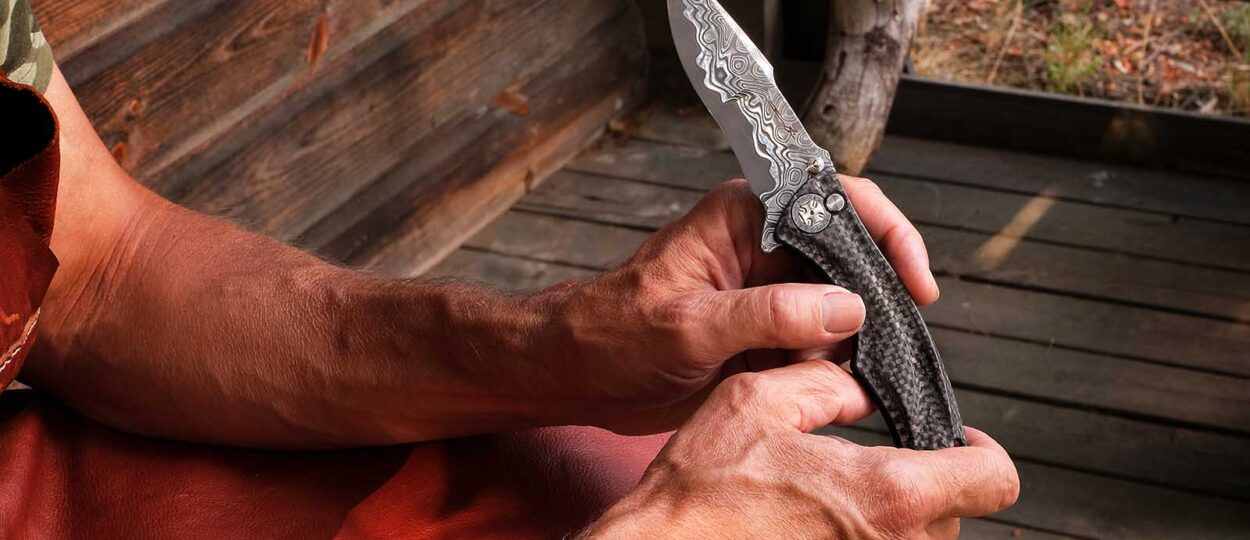Why Damascus Steel Is America’s Favorite Blade Material in 2025 In 2025, one material has taken the knife world by storm in the United States: Damascus steel. Known for its iconic patterns, razor-sharp edge, and old-world craftsmanship, Damascus steel has become a top choice for collectors, outdoorsmen, and everyday carry (EDC) users alike. But what…
Category: Uncategorized
How to Choose the Perfect Hunting Knife: A Complete Buyer’s Guide Whether you’re a seasoned hunter or just stepping into the world of outdoor adventure, a reliable hunting knife is one of the most essential tools you can own. With countless options available, choosing the perfect hunting knife can feel overwhelming. This guide will walk…


